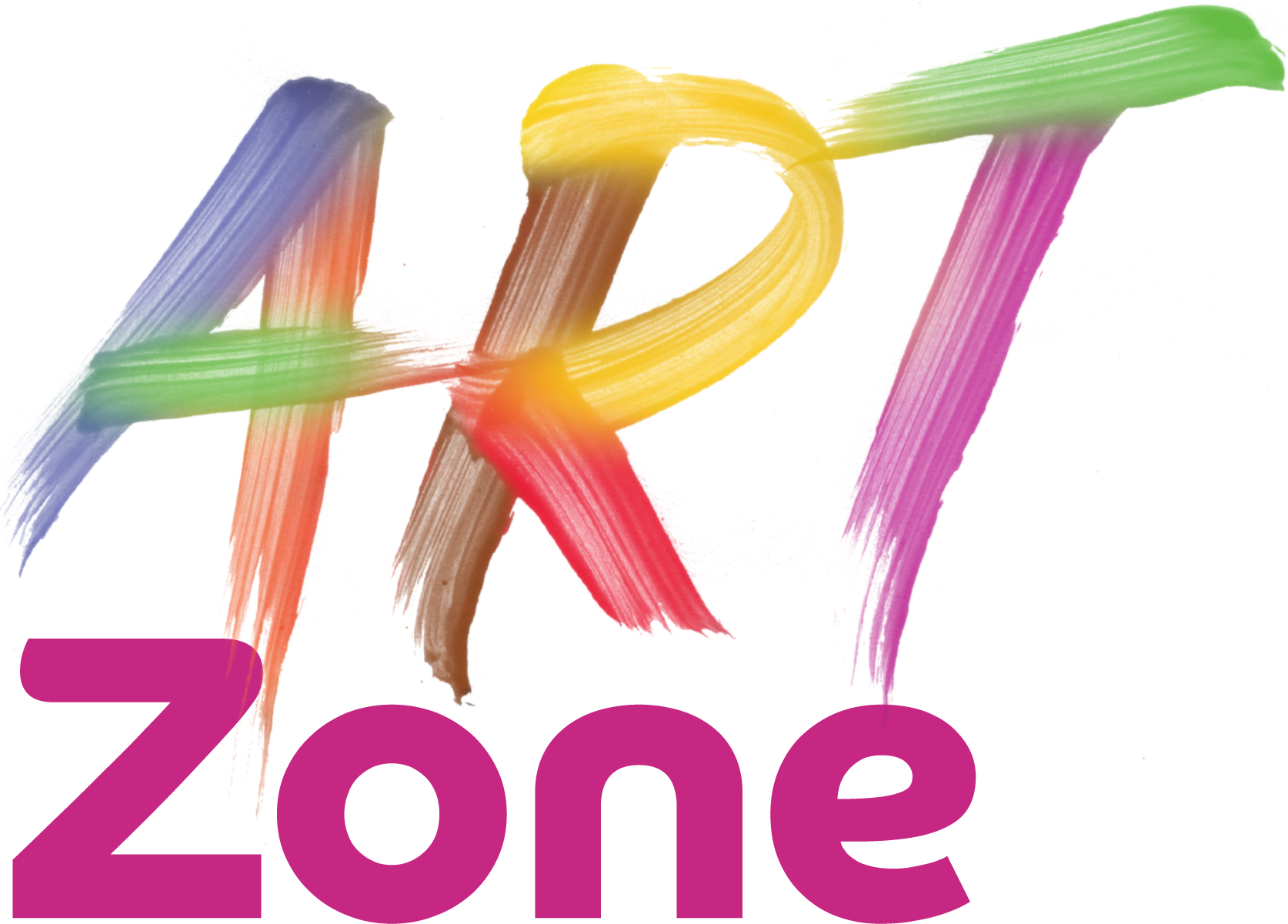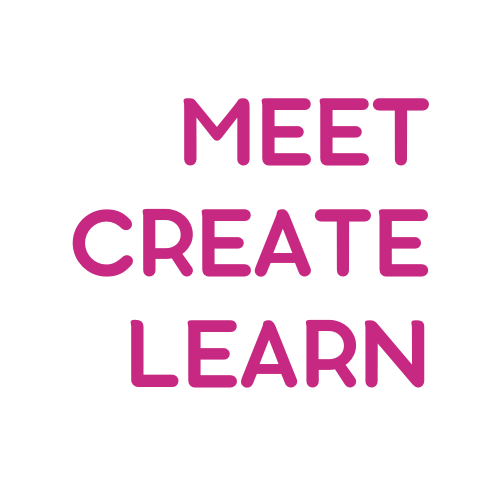Cookies Settings
Cookies Settings
Cookies necessary for the correct operation of the site are always enabled.
Other cookies are configurable.
Other cookies are configurable.
ArtZone's Blog / JAN 17th, 2025 / ~ 5 mins read
Why ARTS HELP FOR WELLBEING?
Engaging in the arts—whether through painting, music, dance, theater, or other creative outlets—has been shown to have a profound impact on mental and physical wellbeing. Research reveals how these activities activate the brain's reward system, releasing mood-enhancing chemicals and helping us manage stress.
ART THERAPY
Historically, humans have turned to the arts during challenging times. From cave paintings to modern-day therapeutic art programs, creative expression has always been a tool for processing emotions and building resilience.
The benefits of the arts for human wellbeing can be understood through several key concepts:
The benefits of the arts for human wellbeing can be understood through several key concepts:
- Emotional Expression: The arts provide a safe space for expressing emotions that might be difficult to articulate verbally.
- Flow State: Activities like drawing or playing an instrument can lead to a state of "flow," where you lose track of time and feel deeply immersed in the moment, promoting relaxation.
- Social Connection: Participating in group activities like choirs or theater enhances feelings of belonging and reduces loneliness.
- Cognitive Engagement: Creating art stimulates problem-solving, critical thinking, and memory, which can improve brain health over time.
HOW ART HELPED MARIA OVERCOME ANXIETY

A 2019 study conducted by the World Health Organization reviewed over 900 publications and concluded that engaging in the arts improves both mental and physical health.
For example, patients with chronic pain who participated in painting or music therapy reported reduced pain levels and improved mood.
Take Maria, a 45-year-old who struggled with anxiety and insomnia after a stressful period at work. Her therapist suggested joining a community pottery class.
Over six months, Maria discovered that shaping clay helped her focus on the present moment, reduced her intrusive thoughts, and allowed her to connect with others in a supportive environment. Not only did her anxiety decrease, but her sleep quality also improved significantly.
For example, patients with chronic pain who participated in painting or music therapy reported reduced pain levels and improved mood.
Take Maria, a 45-year-old who struggled with anxiety and insomnia after a stressful period at work. Her therapist suggested joining a community pottery class.
Over six months, Maria discovered that shaping clay helped her focus on the present moment, reduced her intrusive thoughts, and allowed her to connect with others in a supportive environment. Not only did her anxiety decrease, but her sleep quality also improved significantly.
THE USE OF ARTS FOR WELLBEING

You don’t need to be an experienced artist to benefit from the arts. Here is a simple guide to integrate creative activities into your life:
-Choose a medium. Experiment with different art forms (painting, music, writing, etc.). Start small – a sketchbook, a song, a simple recipe.
-Create a routine: Dedicate 15-30 minutes a few times a week. Treat it as self-care, free from pressure.
-Connect with others: Join a class, workshop, or online community. Social interaction boosts the benefits of art by fostering a sense of community.
-Use Art for Stress Relief: Engage in activities like coloring, journaling or listening to calming music. Keep a "creative toolkit" for when you need a mental health boost.
-Choose a medium. Experiment with different art forms (painting, music, writing, etc.). Start small – a sketchbook, a song, a simple recipe.
-Create a routine: Dedicate 15-30 minutes a few times a week. Treat it as self-care, free from pressure.
-Connect with others: Join a class, workshop, or online community. Social interaction boosts the benefits of art by fostering a sense of community.
-Use Art for Stress Relief: Engage in activities like coloring, journaling or listening to calming music. Keep a "creative toolkit" for when you need a mental health boost.
-Combine art with Mindfulness: Focus on the process, not just the outcome. For example, while painting, notice the colors, textures, and how the brush feels.
Situations Where Arts are Most Beneficial
- During periods of stress or burnout
- For managing chronic illnesses
- As a complement to therapy or counseling
- For enhancing daily joy and reducing boredom

IMPROVE YOUR WELLBEING WITH OUR WORKSHOPS
We offer a diverse range of art workshops and art course designed to nurture your mental health and enhance your overall wellbeing. Whether you're seeking a creative outlet to reduce stress, a platform for emotional expression, or a means to cultivate mindfulness and focus, our workshops and courses provide a supportive and inspiring environment for artistic exploration and self-discovery
Feel free to ask me any questions about our art workshops and art courses in Lisbon and online.
Feel free to ask me any questions about our art workshops and art courses in Lisbon and online.
Emma,
Art Workshops and Courses Organizer
of Art Studio ArtZone Global
Art Workshops and Courses Organizer
of Art Studio ArtZone Global


